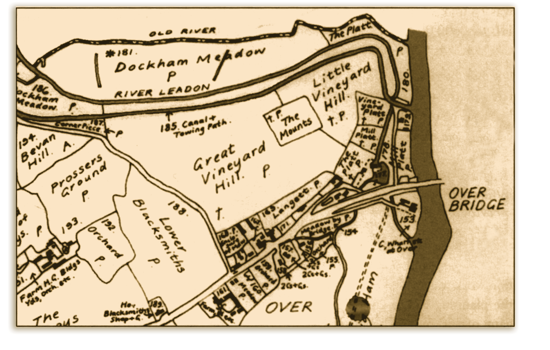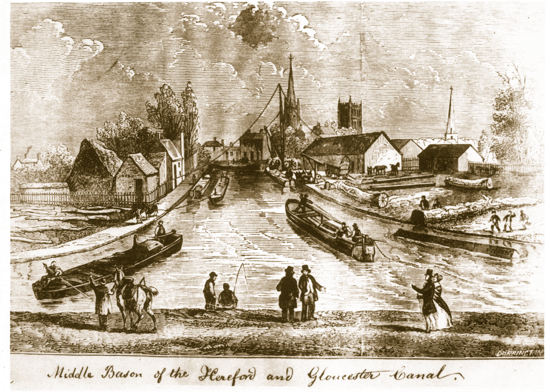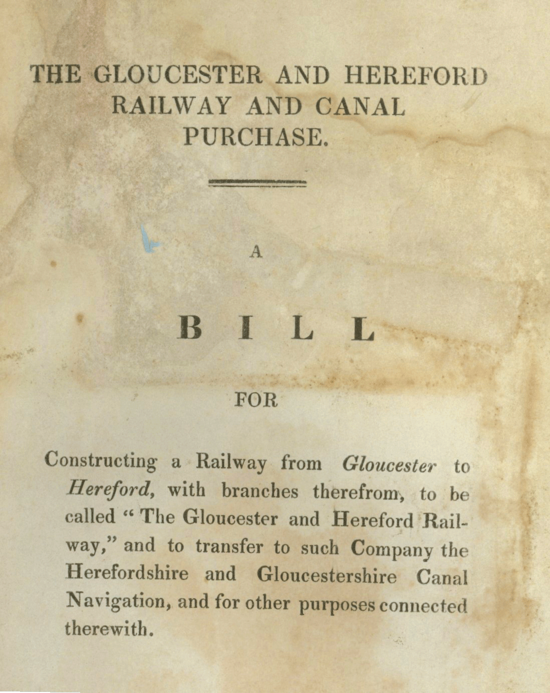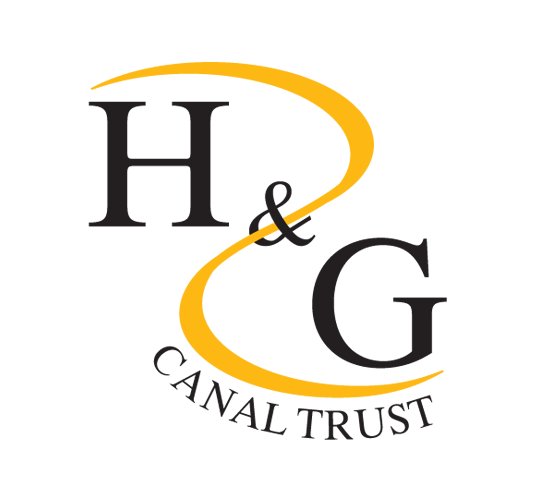1777
Robert Whitworth, (a pupil of James Brindley), suggested a canal from Stourport-on-Severn to Hereford, via Leominster, with a return link to the Severn near Gloucester, making a semi-circular route of at least seventy miles.
1789
Richard Hall submitted plans for a route from Hereford, via Ledbury to the Severn near Gloucester. Hall was a local surveyor of repute, who had worked as an efficient clerk of the works, for both the Stroudwater and Thames and Severn Canal Companies.
Shortly afterwards the course east of Ledbury was revised down the Leadon Valley to Gloucester, with a branch to Newent.
1790
At a meeting held on the 18th March, Hall’s plan met with general approval and a share subscription of £100 shares was opened. The presence of a coalfield of sorts near Newent, may have been used as a ruse to encourage investment in the canal company. Josiah Clowes of Middlewich, Cheshire, was appointed as engineer and he estimated the cost of a canal following Hall’s route, for boats 70’x 8’x 3’6’’ draught, to carry 35 tons as £69,997.13.6d. In 1783, Clowes had been appointed as resident engineer at £300 per annum, to the Thames & Severn Canal Company.
1791
In April the enabling Act of Parliament was passed without amendment.
1792
The capital was fully subscribed by the summer and Hugh Henshall, (James Brindley’s brother-in-law), was asked to re-survey the route: Henshall advised taking the canal by way of Newent, necessitating the construction of a third tunnel on the line of the canal, at Oxenhall.
1793
The enabling Act for the revised route was approved and by the autumn the first three and a half miles of canal from the Severn at Over, near Gloucester, was completed.
1795
The canal was opened to Newent, but construction was falling behind schedule. During the 1795-96 winter, exceptionally severe storms caused flooding and swept away a number of bridges in the Severn valley.
1796
The construction of Oxenhall tunnel was meeting considerable difficulty and incurring ruinous expenditure. At a meeting in November, the shareholders were informed of the company’s predicament; for an expenditure of £100,000 – more than Clowes’s original estimate for the whole line, the half-way town of Ledbury had not yet been reached.
1798
As a result of raising a further £4,000 the canal was opened to one mile short of Ledbury, on the Ross-on-Wye road.
1827
Stephen Ballard, (aged 23), was appointed clerk.
1829
Ballard submits a detailed report on the completion of the canal, which he estimates would cost £53,000.
1832
The canal was extended from the Ross road to the Little Marcle road, in Ledbury, in order to convey coal to the recently opened Ledbury gas works.



1838
On the 29th September, Ballard and the civil engineer James Walker, walk an alternative route from Prior’s Court to Hereford, which Ballard had proposed. However, Walker advised adherence to the original line of the canal
1839
In May, the Act enabling the company to raise £50,000 by mortgage and £45,000 by a further share issue, in order to complete the canal to Hereford, was passed: on the 17th November re-building commenced.
1841
In February the first barge loaded with coal arrived at the Bye Street wharf, in Ledbury.
1842
In August, the feeder from the River Frome, (within the grounds of Canon Frome Court) to the summit level of the canal was completed.
1843
The canal was opened to Canon Frome wharf, in January.
1844
In February the canal was opened to Withington wharf.
1845
On the 22nd May the Hereford basin was filled with water and the canal was completed. The cost of completion was £141,436 – virtually three times Ballard’s estimate. Following completion, trade barely improved at all and the company sought to sell the canal to one of the railway companies, for conversion into a railway. However, the initial schemes to build a railway to the city of Hereford came to nothing. Consequently, the company concentrated on bolstering trade as best as it could


1847
Income was sufficient to pay mortgage and interest charges.
1849
After March, trade had increased to such an extent that it was necessary to introduce a timetable for the passage of boats through Oxenhall tunnel, which had been built to a bore of only 9’ and proved to be a troublesome bottleneck.
1851
The delivery in September of 130 tons of rails for the Hereford to Shrewsbury railway, brought a transient increase in income.
1853
The Hereford to Shrewsbury railway was opened in December.
1854
The Newport, Abergavenny and Hereford railway was opened.
1855
The rails of Brunel’s broad gauge reach Hereford in June, from Gloucester, via Ross-on-Wye.
1858
Traffic on the canal during the year reaches 47,560 tons, but only as a result of rate-cutting incentives.
1860
Financially the most successful year for the company, with income amounting to £7,061, but largely due to carrying materials for the Worcester and Hereford Railway.
1861
The Worcester and Hereford railway was completed.
1862
On the 17th January the company concluded an agreement with the Great Western and West Midland railways, for the future conversion of the canal to a railway. The railway company was to pay the canal company £5,000 per annum rent, in perpetuity.
1880
The last complete year of business on the canal.
1881
On the 30th June the canal was closed to permit the construction of the Ledbury to Gloucester railway. The canal company continues distributing the annual rent of £5,000 received from the Great Western Railway.
1948
Nationalization of the railways and the closure of the canal company’s books.
The above is very largely taken from David Bick’s book, entitled, “The Hereford & Gloucester Canal”, published by the Pound House, Newent, Gloucestershire.
If your interest has been whetted, to join Herefordshire & Gloucestershire Canal Trust, click the contact us button.
Nigel C. Jefferies – March 1984, revised Dec. 1996 & Oct. 2006.




